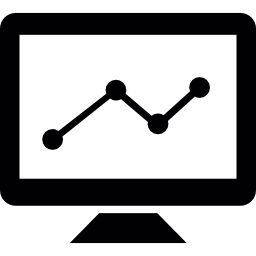What is Open-Source?

While there are many different types of Open-Source software, in general, when software is Open-Source, it means that the developer has made the source code, or the original code of the application, available for the public to view, use, redistribute, and to learn from.
There are many ways of doing this, and therefore many different Open-Source licenses. While they all differ, the common theme allows access to the code, to use and modify the code, and lastly it allows the ability to redistribute the code to others.
[For a rundown of Open-Source licenses, click here.]Next:
Okay, so who uses it?

Developers
In the world of website development, Open-Source is key. Open-Source giants such as jQuery and Bootstrap, as well as smaller projects like Three.js and Font Awesome drive over 65 million websites. Open-Source projects such as these allow developers access to the latest innovations in web design.

Businesses
Many businesses have adopted an Open-Source standard, and with good reason. It promotes innovation and better business. Statistically, Open-Source software is more secure than proprietary software, due to the fact that it is open to peer review, and this leads to a higher quality product. It also gives businesses the freedom and flexibility to use the software to suit their needs, something that is restricted by closed-source businesses. On top of all this, Open-Source is more cost effective, allowing businesses access to cutting edge innovation for free, rather than paying thousands for a proprietary installation.

Government
Recently, there has been a push to adopt the Open-Source model within government agencies, specifically in the United States. Open-Source allows agencies to customize software to fit their needs, making them more efficient.